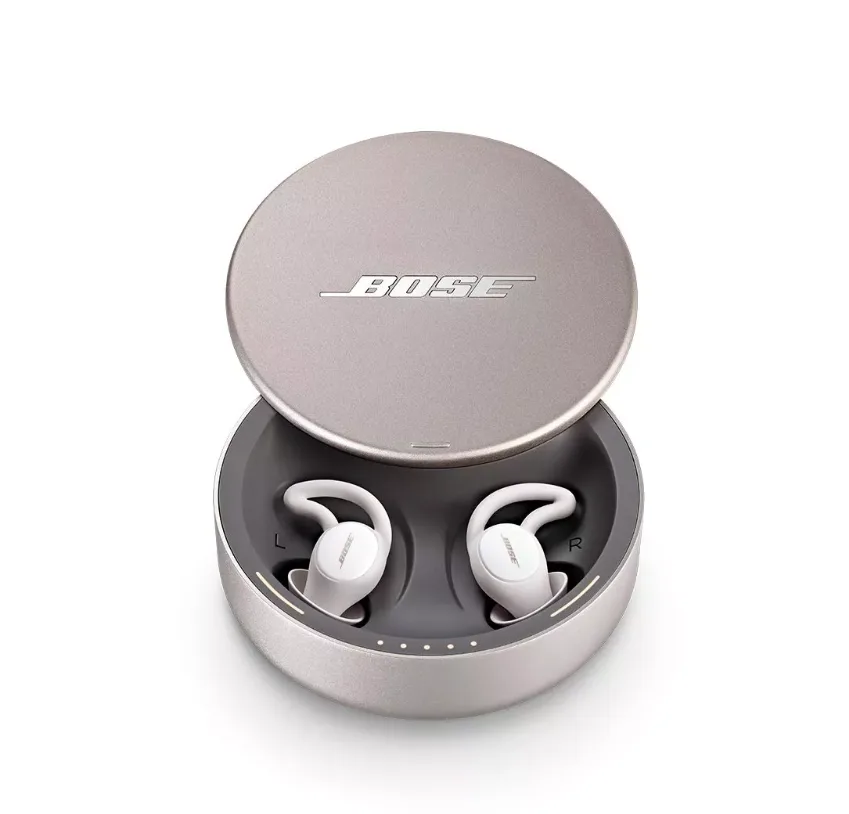
Anker Car Charger Review 2025: Still the King of In‑Car Power?
I spend a silly amount of time testing phone chargers in moving cars—bumpy freeways, hot parking lots, snowy mornings. Here’s the thing: when someone asks me what to buy, I almost always start with Anker. But it’s 2025 now, Qi2 is here, and competitors have gotten spicy. So is the anker wireless car charger still the no‑brainer pick? Let’s talk real‑world speed, grip, heat, and value—no fluff, just what matters when you’re late for work and down to 12%.
The quick verdict
Short answer: yes, Anker still leads. Not because it’s flashy—because it’s boringly reliable. The latest MagGo Qi2 mounts deliver consistent 15W on compatible phones, the magnets feel sure‑handed over potholes, and the plastics don’t rattle after a few months. The anker wireless car charger isn’t the absolute cheapest, but it’s the one I don’t think about after installing. And that’s kind of the point.
What’s new in 2025 (and why it matters)
Qi2 changed the game for iPhone 12–15 and the newest Android flagships that support it. You get magnet alignment plus proper 15W wireless charging—no more limping along at 7.5W. Anker’s latest mounts embrace that, with stronger rings, cleaner USB‑C cabling, and smarter thermal design. If you’re coming from an older anker wireless car charger or a generic coil‑and‑clip mount, the day‑to‑day upgrade feels bigger than the spec sheet suggests.
Speed and heat: the honest road test
Wireless charging in cars has two enemies: summer heat and bad power. In cool cabins, Anker’s Qi2 mounts keep iPhones cruising at a true 15W and recent Android phones around the same, which looks like roughly 30–50% faster topping‑off than old 7.5W setups. In a hot cabin, every charger slows down to protect your battery—Anker just throttles less aggressively and recovers faster. Tip from the trenches: pair the anker wireless car charger with a 30W+ USB‑C PD adapter and a short, good cable. Under‑powered adapters are the silent speed killers.
Grip and mounting: magnets, bumps, and real roads
Believe it or not, the magnet matters as much as wattage. Anker’s current MagGo ring locks on with a firm “thunk,” and the ball‑joint doesn’t droop after a week. Vent mounts are still the easiest if you can spare a sturdy horizontal slat; dash and windshield mounts are better for vehicles with weak vents. With a naked iPhone or a proper MagSafe/Qi2 case, I rarely get wobble. If your case is non‑magnetic, skip wireless entirely and go wired—no brand can beat physics there.
Power source picks: the unsung hero
Here’s the unsexy truth—your car adapter decides how fast your phone charges. A good dual‑port USB‑C PD car charger (think 45–67W total) keeps the mount at full 15W while leaving headroom for navigation or a passenger’s phone. Anker’s own USB‑C car bricks are rock‑solid and pair cleanly with their mounts. Use a short, E‑marked cable and keep it out of the sun when parked. Little things, big difference.
Who should upgrade (and who shouldn’t)
If your phone supports MagSafe or Qi2, upgrading feels instantly better—cleaner mount, faster top‑offs, fewer fumbles. Daily commuters, rideshare drivers, parents doing school runs—you’ll notice the calm. If you’re running a thick, non‑magnetic case or you live in extreme heat, a simple wired USB‑C cable might still be smarter than any anker wireless car charger. No shame in that; wired is king for absolute speed, especially on road trips.
So… is Anker still the king?
Yeah. Anker keeps winning on reliability, alignment, and the tiny design choices you stop noticing a week later. If you want my short list and the exact model I use daily, open Consumer's Best and search for my 2025 Anker car charger picks. I keep it simple—one best overall Qi2 mount, a budget vent option, and a rock‑solid wired backup for long hauls. Pick once, install once, and forget about it.
Frequently Asked Questions

Bose Sleepbuds II Review: Your Partner for Restful Nights
The Bose Sleepbuds II are uniquely designed not to stream music, but to help you sleep better. They deliver soothing, noise-masking sounds to cover unwanted nighttime disturbances, promoting deeper, more restful sleep.











